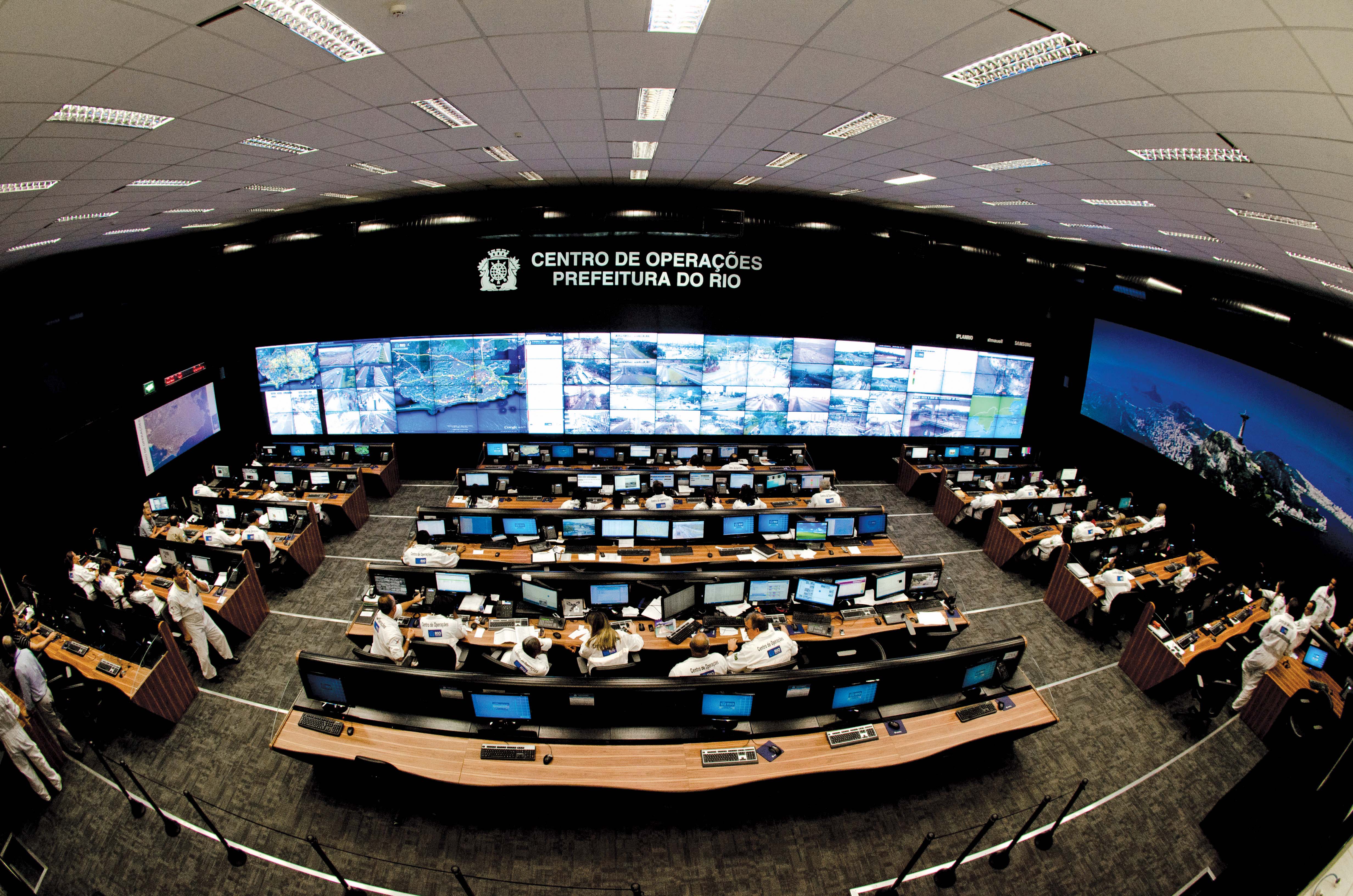Association of American Railroads (AAR) president and CEO, Edward R. Hamberger applauded the bipartisan votes by lawmakers in the House and Senate to extend the deadline for Positive Train Control (PTC).
"Members of the House and Senate are to be commended for taking the responsible action to extend the PTC deadline. This provides the certainty American industries and businesses need to serve the millions of Americans who rely on rail every day," said Hamberger. "The extension means freight and passenger
Association of American Railroads (AAR) president and CEO, Edward R. Hamberger applauded the bipartisan votes by lawmakers in the House and Senate to extend the deadline for Positive Train Control (PTC).
"Members of the House and Senate are to be commended for taking the responsible action to extend the PTC deadline. This provides the certainty American industries and businesses need to serve the millions of Americans who rely on rail every day," said Hamberger. "The extension means freight and passenger railroads can continue moving forward with the ongoing development, installation, real-world testing and validation of this complex technology."
Freight railroads have spent close to US$6 billion on PTC development, testing and installation and much progress has been made. The industry expects to spend up to US$4 billion more before this complex technology is fully operational across the United States.
"Members of the House and Senate are to be commended for taking the responsible action to extend the PTC deadline. This provides the certainty American industries and businesses need to serve the millions of Americans who rely on rail every day," said Hamberger. "The extension means freight and passenger railroads can continue moving forward with the ongoing development, installation, real-world testing and validation of this complex technology."
Freight railroads have spent close to US$6 billion on PTC development, testing and installation and much progress has been made. The industry expects to spend up to US$4 billion more before this complex technology is fully operational across the United States.







